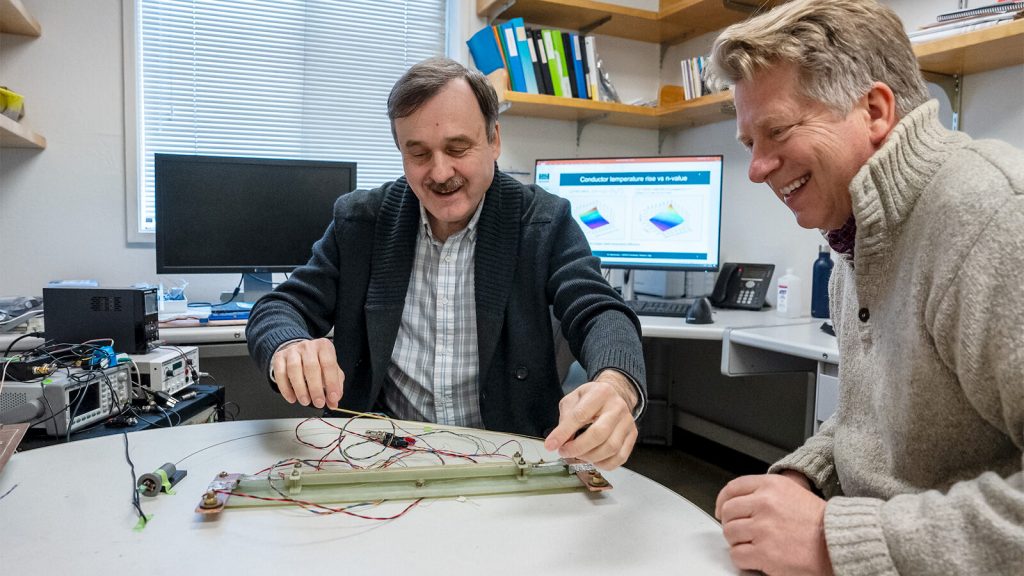Superconducting magnets serve as vital components in various scientific and technological applications, from particle accelerators to magnetic resonance imaging (MRI) machines. However, these magnets, particularly those made of high-temperature superconductors HTS, are susceptible to sudden heat build-up events known as quenches. These quenches can lead to catastrophic failures, damaging the magnet and surrounding components while depleting coolant resources. Addressing this challenge is crucial for advancing the capabilities and reliability of superconducting magnet systems.
Traditional low-temperature superconductors operate at extremely cold temperatures, making them less prone to quenching. In contrast, HTS magnets operate at higher temperatures, offering higher current densities and magnetic fields. However, detecting and mitigating quenches in HTS magnets present unique challenges due to their complex material properties and sensitivity to temperature fluctuations.
To address these challenges, researchers at Lawrence Berkeley National Laboratory Berkeley Lab have developed a novel strategy to prevent magnet meltdowns before they occur. Led by Maxim Marchevsky and Soren Prestemon of the Accelerator Technology & Applied Physics ATAP Division, the team focuses on identifying safe operational parameters for HTS magnets to avoid quenching.
The key insight behind their approach lies in leveraging the inherent properties of HTS materials, which can tolerate minor heat build-up without transitioning into a quench state. By establishing a safe operating window based on these properties, the researchers aim to detect early signs of temperature rise within the magnet and take preemptive action to prevent quenching.
Their work, recently published in Superconductor Science and Technology, combines theoretical modeling with experimental validation using tape-shaped samples of Bi-2223 HTS material. Through meticulous analysis and testing, the researchers demonstrated the feasibility of detecting pre-quench states and safely reducing current flow to prevent catastrophic failures.
The next phase of their research involves scaling up their approach to test actual coils wound with HTS conductor material, simulating real-world magnet configurations. To achieve this, the team will utilize advanced temperature monitoring systems developed by the ATAP Division, including ultrasonic, radiofrequency, and fiber optic-based sensors.
One of the primary applications of their research is in experimental plasma fusion energy reactors, where powerful magnets are essential for confining super-heated charged particles. By implementing distributed temperature monitoring systems across HTS magnets, operators can receive early warnings of potential quench events and take corrective actions to maintain magnet integrity and operational safety.
The implications of this research extend beyond fusion energy to a wide range of scientific and technological fields, including particle physics, materials science, and medical imaging. By safeguarding HTS magnets against quenches, researchers can unlock the full potential of these advanced materials, enabling higher magnetic fields, improved performance, and reduced maintenance costs.
The innovative approach developed by Berkeley Lab researchers represents a significant advancement in superconducting magnet technology. By proactively preventing magnet meltdowns, scientists and engineers can accelerate the pace of discovery and innovation across diverse fields, paving the way for a brighter and more sustainable future.
